Revitalize Your Outdoor Space with a Patio Cleaner
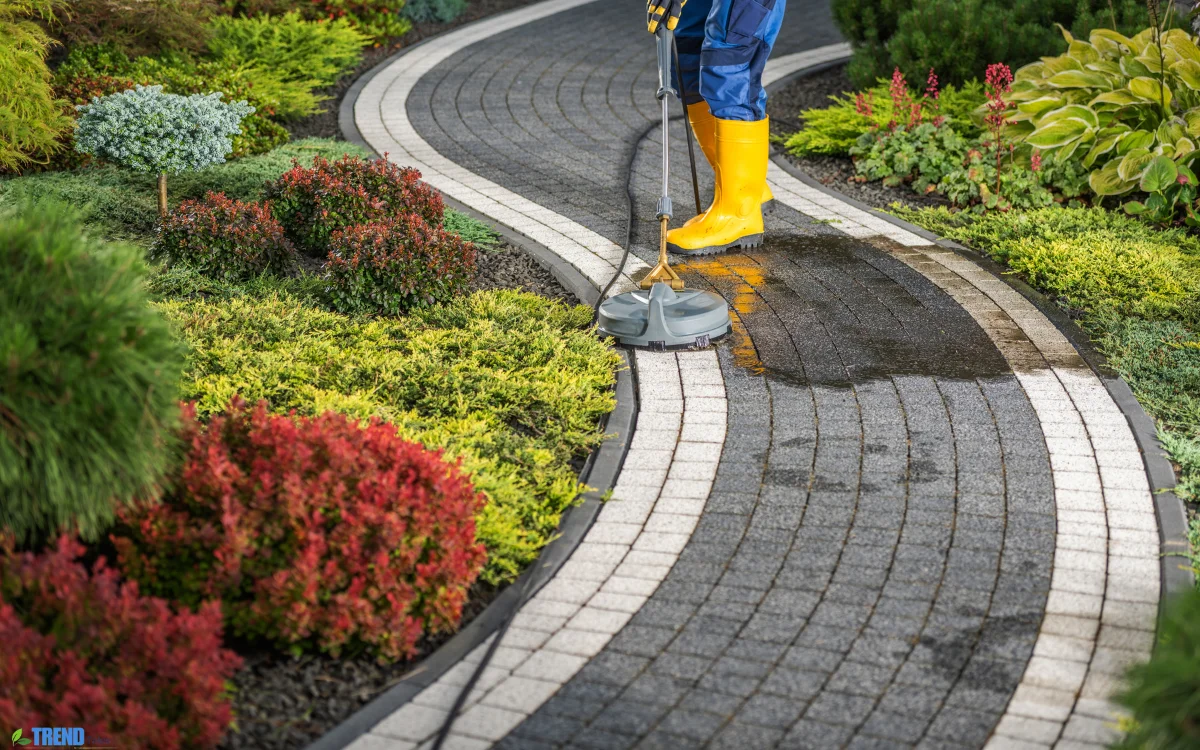
A well maintained patio adds value, charm, and comfort to your home. Over time, weather, dirt, moss, and algae can cause your outdoor surfaces to appear faded and poorly maintained. That’s where a patio cleaner becomes essential. Whether you have concrete, stone, brick, or tile patios, the right cleaner can make a significant difference in both appearance and safety. In this guide, we’ll cover the benefits, types, application tips, and maintenance strategies for using a patio cleaner effectively.
Why You Need a Patio Cleaner
Outdoor patios face constant exposure to rain, dust, leaves, and mildew. Over time, this buildup can not only damage the surface but also make it slippery and unsafe.
Restore Aesthetic Appeal
A spotless patio instantly elevates the appearance of your outdoor space. Using a patio cleaner removes stains, discoloration, and algae, bringing back the original shine and texture.
Improve Safety
Moss and algae make surfaces dangerously slippery. A powerful patio cleaner breaks down these growths, reducing the risk of slips and falls for both children and adults.
Prolong Patio Life
Gradually, the buildup of dirt and grime can wear down and harm patio surfaces. Regular cleaning with a suitable product helps preserve your investment and avoids costly repairs or surface replacements.
Types of Patio Cleaner
There are various types of patio cleaners, and each serves a different purpose depending on the surface and severity of grime.
Chemical Patio Cleaners
These are ready-to-use solutions formulated with powerful ingredients like sodium hypochlorite or benzalkonium chloride. They quickly remove tough moss, algae, mildew, and lichen, providing rapid results.
Eco-Friendly Cleaners
Made with biodegradable ingredients, eco-friendly patio cleaners are safe for kids, pets, and nearby garden plants. They take longer to work but are ideal for regular maintenance and environmentally conscious homeowners.
Homemade Solutions
You can make a DIY patio cleaner using ingredients like vinegar, baking soda, dish soap, or lemon juice. While cost-effective, they’re best for light stains, mildew, or small areas, and may not be suitable for all surfaces.
Pressure Washer Cleaners
Certain cleaners are formulated to be used with a pressure washer. These formulas enhance the cleaning power of water jets and are perfect for heavily soiled or large outdoor surfaces.
How to Use a Patio Cleaner Effectively
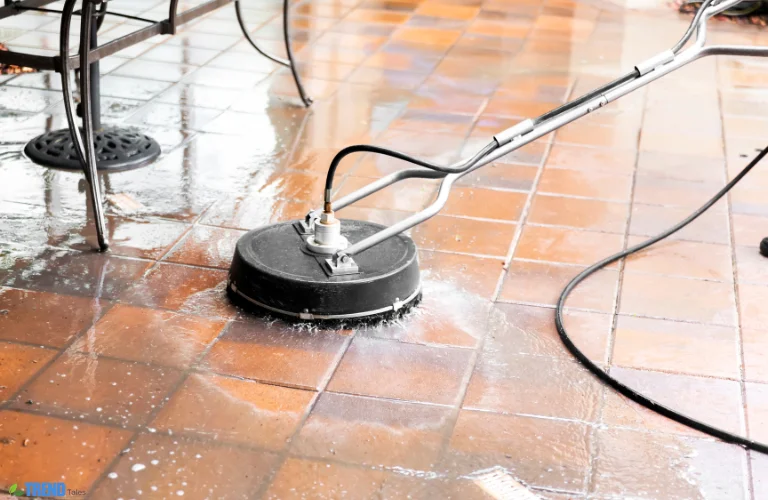
Getting the most out of your patio cleaner involves following proper preparation and application steps. Here’s how to do it right:
Choose the Right Product
Choose a cleaning solution that matches your surface material and effectively addresses the specific stains you want to remove. Always check the label to ensure it’s safe for the surface, particularly for stone or painted areas.
Apply Evenly
Spread the cleaner uniformly over the patio with a sprayer, watering can, or brush. Make sure to cover corners, cracks, and textured areas where moss or dirt may settle.
Let It Sit
Allow the cleaner to sit for the recommended time listed on the product label. This is crucial for breaking down deep-rooted stains, algae, and mildew for easy removal.
Scrub or Rinse
Depending on the type of cleaner, either scrub with a stiff brush or wash off with a pressure washer. For tough stains, you might need to apply a second coat or scrub a bit more.
Let It Dry
Allow the patio to air dry completely. This is also a good time to reseal the surface if needed, especially if the cleaner has removed old sealants.
Maintenance Tips for a Cleaner Patio
-
Sweep frequently to avoid debris accumulation and minimize staining.
-
Use a patio cleaner seasonally, especially after autumn and winter when leaves, moss, and algae tend to accumulate.
-
Apply a patio sealant annually to protect against moisture and staining.
-
Trim nearby shrubs or trees to reduce excess shade and moisture, which encourage moss growth.
-
Position outdoor mats at entry points to minimize dirt being tracked onto the patio surface from shoes.
- Steer clear of using abrasive tools that could scratch or harm the patio surface.
Common Mistakes to Avoid
Even the best patio cleaner can be ineffective or damaging if not used properly. Here are common mistakes to steer clear of:
-
Choosing an unsuitable cleaner: Different surfaces require specific cleaning products. Always check for compatibility, especially with natural stone, slate, or painted concrete.
-
Overuse of pressure washer: Excessive pressure can damage soft surfaces like sandstone, limestone, or grout between tiles.
-
Skipping safety gear: Wear gloves and goggles when using chemical-based products to protect your skin and eyes.
-
Ignoring rinse off: Some cleaners must be rinsed thoroughly to avoid leaving residues that can attract more dirt or discolor the surface.
-
Using in direct sunlight: Applying patio cleaner in hot, sunny weather can cause it to dry too quickly, reducing its effectiveness.
When to Clean Your Patio
Timing plays a big role in how well your cleaning efforts pay off. Ideally, clean your patio:
-
In early spring to wash away winter grime
- As autumn comes to a close, clear away the fallen leaves and get the space ready for the impending snow.
-
After heavy rain or storms that leave mud and debris
-
Before hosting an outdoor gathering to freshen up the space
Regular cleaning will make each session quicker and easier, and you’ll enjoy a clean patio all year round.
Conclusion
A well-maintained patio creates a safe and welcoming outdoor extension of your home.With the right patio cleaner, you can easily restore its original look, extend its lifespan, and create a pleasant space for outdoor gatherings. Whether you prefer store-bought products or DIY methods, regular maintenance ensures that your patio remains a highlight of your garden. Don’t let dirt, moss, and stains dull the beauty of your outdoor space tackle them head-on with a reliable patio cleaner.
FAQs
Q1:What is the best patio cleaner for algae?
A chemical patio cleaner with benzalkonium chloride or sodium hypochlorite is highly effective against algae, moss, and mildew. These solutions work quickly and are ideal for heavily affected areas.
Q2: Is it safe to apply a patio cleaner on natural stone?
Yes, but always ensure the cleaner is specifically labeled for use on natural stone. Some chemical cleaners may damage sensitive materials like limestone or marble.
Q3: Is it safe to use patio cleaner around pets?
Eco-friendly patio cleaners are generally safe for pets and children. However, keep pets away from the area until the patio has fully dried after application.
Q4: How often should I clean my patio?
Ideally, you should clean your patio once every three to four months, or at least at the start and end of each gardening season. Regular cleaning helps prevent stains and buildup.
Q5: Can I make a patio cleaner at home?
Yes, you can make a DIY solution using simple ingredients like white vinegar, baking soda, and dish soap. While effective for small jobs, they may not match the performance of commercial cleaners for tough grime.
Q6: Do I need to seal my patio after using a cleaner?
If the cleaner removes surface protection or if the patio hasn’t been sealed in over a year, resealing is a good idea. Sealing helps prevent moisture penetration and future staining.
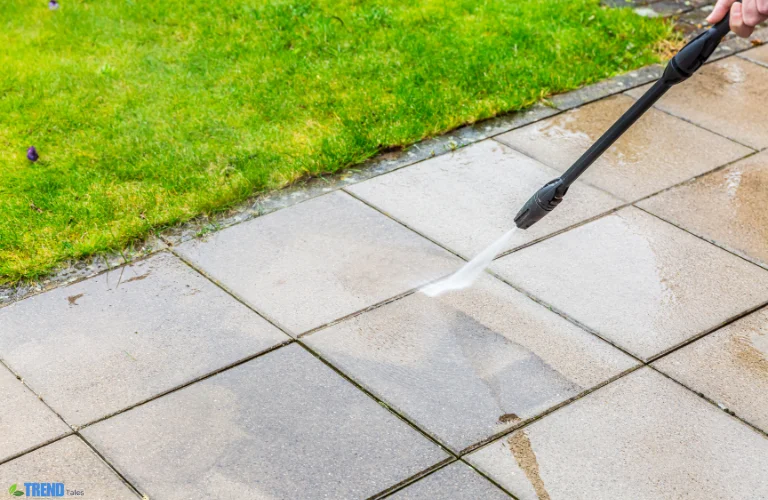
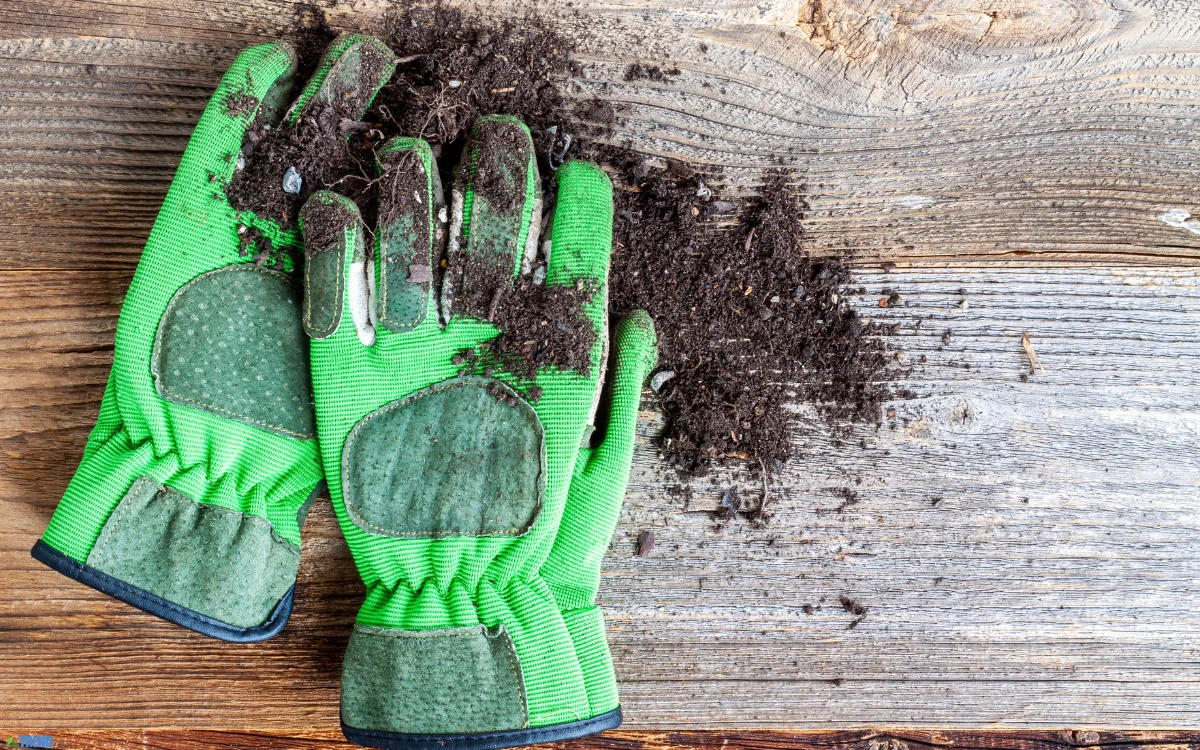
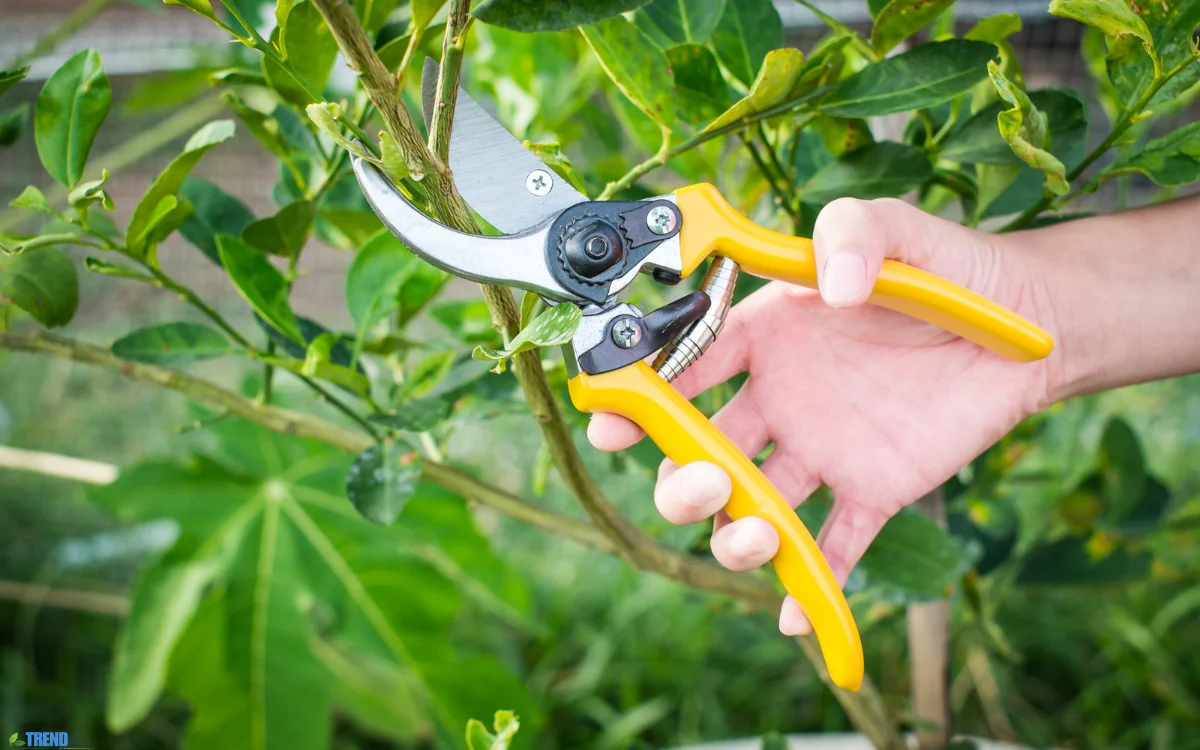
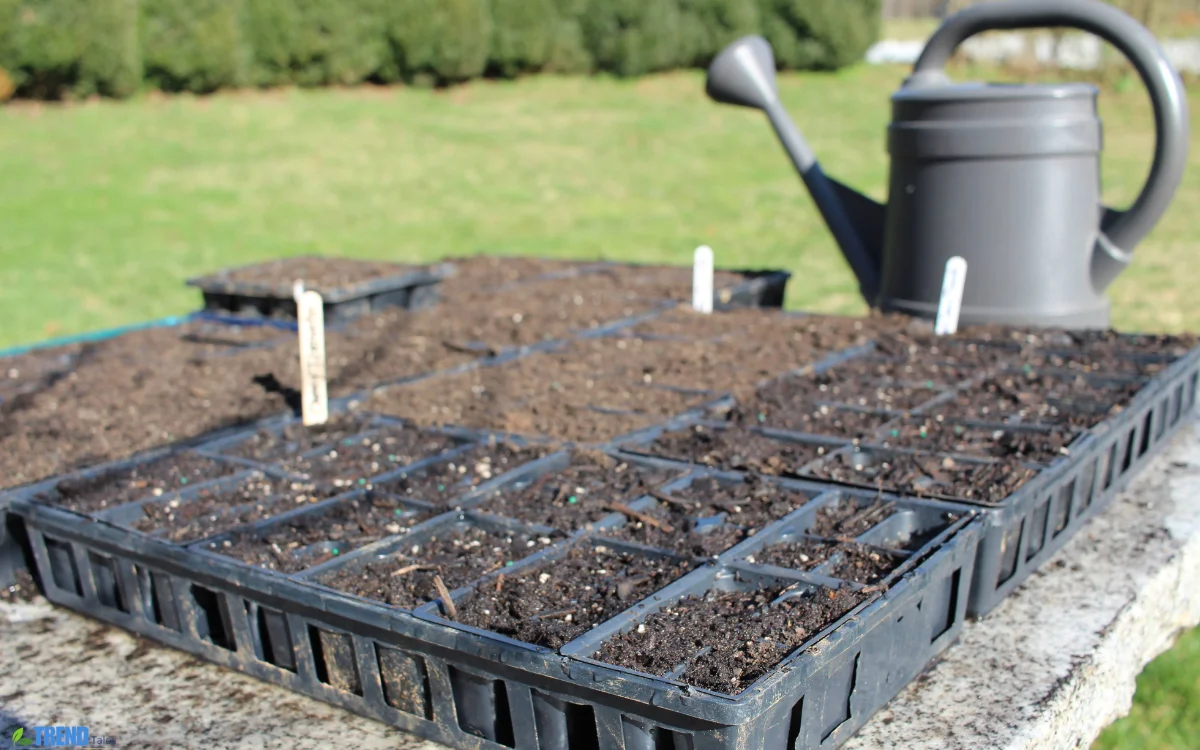
1 comment